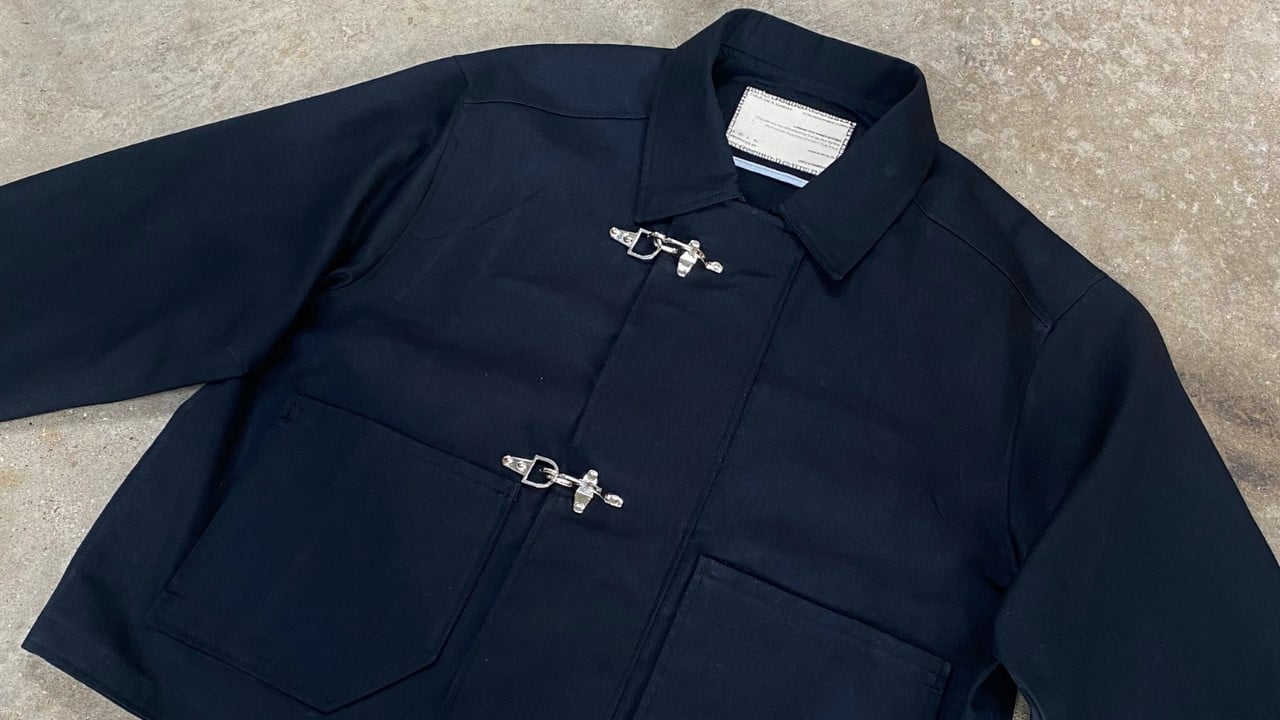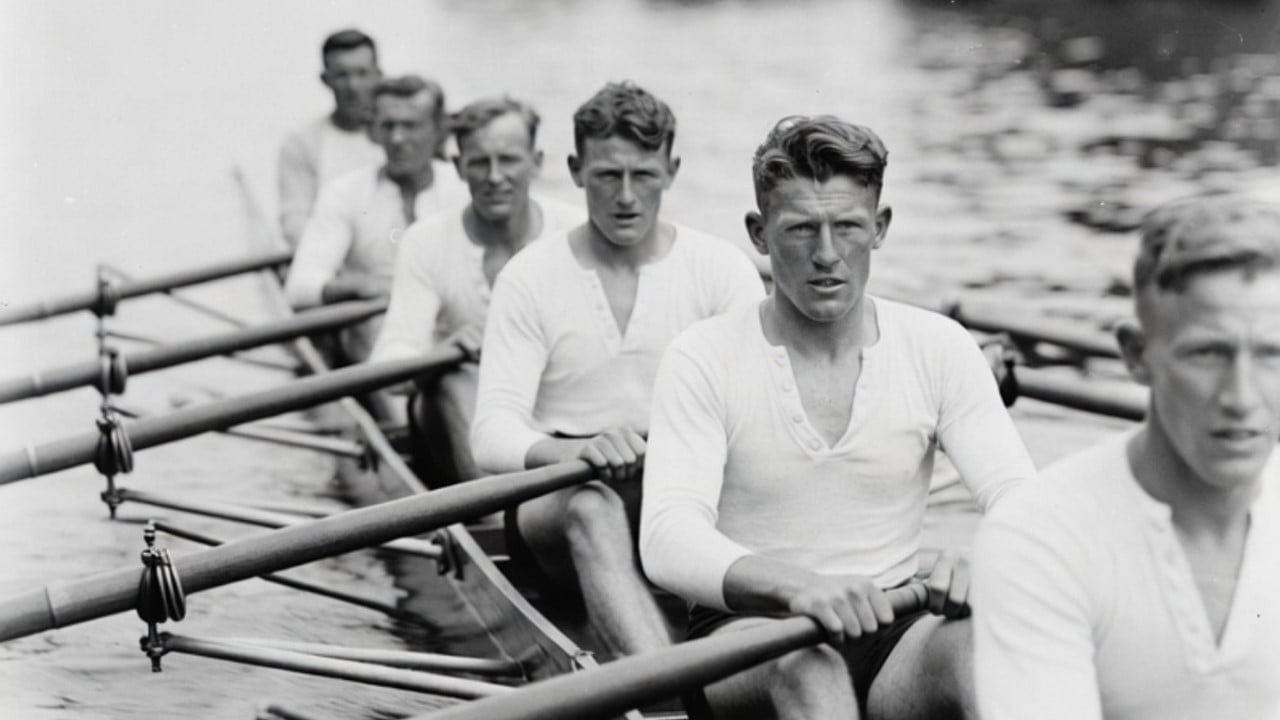In a recent study published in the PNAS Nexus, researchers introduced and validated resonance sonomanometry (RSM) for noninvasive, calibration-free continuous blood pressure (BP) measurement using ultrasound imaging.
Study: Resonance sonomanometry for noninvasive, continuous monitoring of blood pressure. Image Credit: Vita_Dor/Shutterstock.com
Background
BP is essential for assessing patient health, with continuous, noninvasive measurement being highly desirable. While invasive arterial catheterization offers accurate, continuous BP readings, it is only used in critical care due to associated risks.
Noninvasive cuff-based methods, though standard, provide intermittent and often inaccurate measurements. Various continuous noninvasive BP (cNIBP) techniques have been developed but suffer from the need for frequent calibration or limited accuracy.
Further research is needed to refine and validate RSM across diverse populations and clinical settings to ensure its reliability and accuracy for widespread clinical use.
About the study
To determine the resonance versus pressure relationship, the system is modeled as a long, thin-walled cylindrical shell in an incompressible fluid, supporting natural modes of wall motion.
The radial displacement is expressed through sinusoidal functions, focusing on the n = 2 mode for ease of excitation.
Resonant frequencies are roots of a cubic polynomial. Calculating BP requires measurements of artery radius, wall thickness, Young’s modulus, resonant frequency, wall density, Poisson’s ratio, and fluid density.
Ultrasound imaging provides radius and thickness, while the other parameters are assumed constant. High-speed Doppler ultrasound measures wall motion, and Vector Fitting extracts the resonant frequency.
Young’s modulus is calculated using changes in pressure and diameter, resolved by the Gauss-Seidel method, allowing dynamic measurement essential for accurate pulse pressures.
Validation involves compliant rubber tubing in a water/psyllium fiber mixture simulating human vasculature, with scans at different pressures confirming the model’s predictions. Custom ultrasound equipment ensures accurate measurement. Data from mock-ups are processed for resonant frequency, radius, and wall thickness to calculate pressure.
Human feasibility studies observed multiple arteries and compared the results to BP cuff measurements. Data processing extracts measurements from ultrasound imaging, producing BP estimates that are screened for quality, demonstrating RSM’s feasibility for continuous, noninvasive BP monitoring.
The final relation for calculating BP involves dimensionless parameters and scaling relationships applicable to thin-walled shells, confirmed by the consistency between model predictions and experimental results.
Study results
This pressure-resonance relationship was validated in vitro using a custom device combining ultrasound imaging and acoustic stimulation. This setup included a cylindrical arterial mock-up made from thin-walled rubber tubing.
The tubing was inflated to a clinically relevant pressure of 75 mmHg, and an acoustic stimulus was swept across a wide range of frequencies while imaging the tubing with ultrasound. Resonance was confirmed by identifying a large spike in magnitude space and a sigmoidal phase response centred at the same frequency.
The resonant frequency increased with internal pressure, consistent with model predictions. Two mock-ups with different diameters were tested over a range of pressures, showing that resonant frequency increased with internal pressure.
The ultrasound-derived observables predicted pressure inside the mock-up, and radius and thickness were measured at each pressure.
The elastic modulus was computed by observing the change in pressure versus the change in radius, and this value was validated against independent tensometer measurements.
The model accurately captured the effects of resonant frequency at different arterial dimensions, with a mean error between calculated and measured pressures of −1.09 mmHg with a standard deviation of 1.98 mmHg.
Human arteries and physiology are more complex, with BP rapidly fluctuating during the cardiac cycle. The methodology was applied to the carotid artery to test if arterial resonance persists in vivo. Intermittent measurements from a BP cuff provided context for the BP results.
The frequency response from a human carotid artery showed expected resonant behavior, with variations over the cardiac cycle. Arterial dimensions were estimated using B-mode imagery, and a linear Kalman filter was used to produce consistent radius measurements. Pressure values were calculated at a rate of 200 Hz and smoothed to produce final outputs.
The method was successfully applied to the carotid artery and peripheral sites, with resonant frequencies synchronously throughout the cardiac cycle with arterial radius measurements.
The narrower brachial artery induced higher resonance frequencies compared to the larger femoral and carotid arteries. The resonant frequency increased with BP during systole and decreased during diastole, which is consistent with the model.
Preliminary testing on six human subjects revealed similar frequency responses, capturing complete BP waveforms across genders and ages. The method showed close agreement between calibration-free measurements and previously published calibration-dependent approaches.
The device was designed for larger vessels, limiting consistent imaging of smaller vessels. Comparing carotid artery BP to a brachial BP cuff showed significant differences in systolic pressure due to pulse amplification, but diastolic pressures were not significantly different.
Conclusions
This study demonstrates that RSM is a classical mechanics-based method for cNIBP measurement in human arteries. Unlike prior ultrasound techniques, RSM uses an acoustic stimulus to obtain absolute BP without calibration.
Validated in vitro with mock arteries and in vivo across four human arteries, RSM produced results consistent with BP cuffs. Sensitivity analysis identified frequency and radius as key variables.








